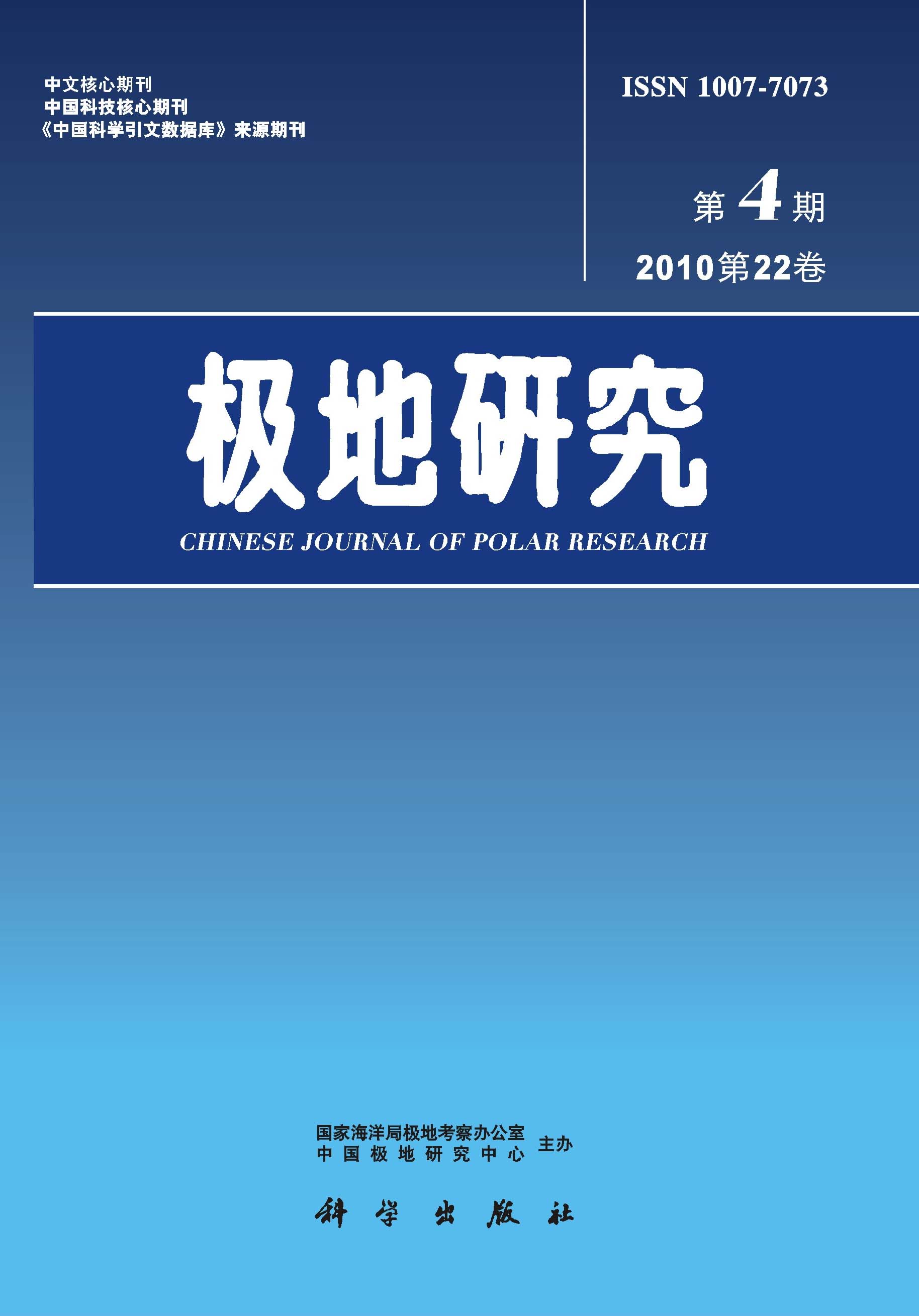The successive three-month bottom water temperature observational data were, acquired in the Great Wall Bay, Antarctica, in the summer of 1987. In this paper the observation is described and the data is statistically analysed. The conclusions arc as follows: 1. The bottom water temperature in the Great Wall Bay is relatively low and has no obvious change in summer due to the geographical location. The mean, the maximum and the minimum of that summer's bottom water temperature were 0.83℃, 2.70℃ and-1.32℃, respectively. The monthly mean maximum temperature occu- red in February, whose mean, maximum and minimum were 1.28℃,2.70℃ and 0.56℃, respectively, and all these were the highest among the months of that summer. 2. The daily mean temperature of the bottom water increased slowly at a mean speed of 0.05℃/d from January 10 to February 10, and reached the maximum, 2,16℃, on February 9, then decreased rapidly at a mean rate of 0.15℃/d from February 10 to February 20, and kept basically unchanged from February 20 to March 15, after that it gradually decreased again to below 0℃ on April 1 and then to -1.02℃ till April 9. The daily mean bottom water temperature decreased roughly with the decreasing of sunshine time, but there was a time lag in existence. 3. Owing to the effect of local physical geographic conditions, the diurnal change of the bottom water temperature in the Great Wall Bay is not very evident. In that summer, the daytime mean temperature of the bottom water was 0.88C, and the night time was 0.76℃, their difference was only 0.12℃.The minimum occuiedat5o'clock with an average of 0.74C while the maximum at 14 o'clock, whose average was 0.98℃. The minimum daily range was 0.14℃ and the maximum was only 1.25℃. 4. Because the Great Wall Ba y is relatively shallow, the bottom water temperature is affected by the local air temperature. On the average of that summer, the daily mean temperature of bottom water was only about 0.47℃ higher than that of the air; the daily range of bottom water temperature (0.24℃) was much smaller than that of the air tem perature (1.37℃); and the daily maximum and minimum of bottom water temperature occured 2h and 5h later than that of the air's, respectively. 5. The compulated results of the power spectrum show that the spectral peak of the bottom water temperatuie appeals at the frequency of 1 cpd, which is the same with the air's temperature. Both of them have apparently diurnal change. The co-herence function, R(lcpd) =0.94 means that the bottom water temperature is closely correlated with the air temperature at the frequency of 1 cpd.

